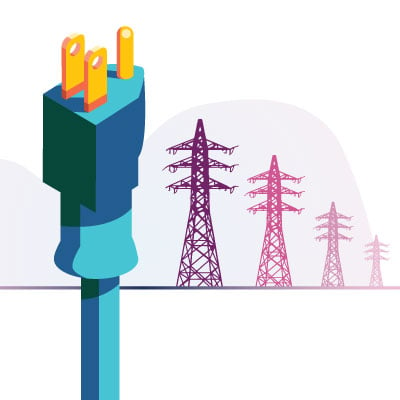In the U.S., the 1993 “Storm of the Century” that occurred from March 12–14 (SOC ‘93) was so called for a number of reasons, but primarily because of its size and the number of states it affected. Nineteen states in the eastern U.S., from Alabama to Maine, recorded 10+ inches of snow in at least one location.
The Northeast Snowfall Impact Scale (NESIS) is the winter storm analog to the Saffir-Simpson Scale. Categories range from 1–5; a 2 indicates significant impact, meaning 10+ inches of snowfall over a large populated area (Figure 1). The SOC ‘93 scored the highest NESIS category of 5 (Extreme) and March 12–14, 2017, marks its 24th anniversary.
March Nor’easters
Why does a 24th anniversary warrant a blog? It’s not so much that storm as it is the fact that another very powerful nor’easter is now poised to barrel up the East Coast of the U.S. and strongly affect the mid-Atlantic and New England regions. The roots of the storm have already snow-coated areas as far away as the Dakotas.
This storm will be intense, as it benefits from three sources of energy coming together from the Great Plains, the Gulf of Mexico, and the Carolinas (Figure 2), and it will likely deposit several feet of snow in some parts of the Northeast. Will it achieve the status of SOC ‘17? Perhaps not, but strong nor’easters in March are not as uncommon as one may think.
There are several reasons for this. One is that polar air masses still make their way down into the U.S. in March. At the same time, the southern tier of the U.S. regularly begins to experience temperatures from 80–90°F. This strong north-south temperature contrast provides the basic fuel for extratropical cyclones (including nor’easters). The high temperature air to the south can also hold more moisture, which can provide additional fuel for storms’ development in the form of latent heat. Finally, along the eastern seaboard, ocean temperatures are actually at their lowest in mid-late March.
Nor’easters are so called because the counterclockwise flow around them brings winds from the northeast. If the ocean is too warm, a snowstorm can quickly morph into a rainstorm. However, even when these three ingredients (air temperature contrast, latent heat, and cold ocean temperature) combine, they are not enough to guarantee big March snowstorms. Other factors like the phasing of polar and subtropical jet streams have to happen, and that is the luck of the draw.
Damage Potential
March snowstorms can be particularly significant from a damage standpoint. Because air masses in the Northeast are still cold (temperatures can still drop below freezing as far south as Virginia), depending on how the seasonal snowfall has panned out, heavy snows in March can cause roofs to collapse—particularly in northward-facing building components. Such was the case several years ago; my daughter was sitting quietly in the kitchen doing homework one warm sunny March afternoon, and nearly jumped out of her skin when several hundred pounds of ice broke free from our roof, taking the entire length of gutter on that north side of the house with it and putting more than a few dings in the patio furniture below. We were lucky that our roof didn’t collapse and our car made it through without a scratch, both of which are susceptible to damage from snow accumulation (Figure 3).
Commercial lines are also vulnerable to structural damage and business interruption. Just last year, four schools across Massachusetts were closed while reconstruction took place due to structural damage from snow load, the details of which are outlined in this FEMA report.
Nor’easters have occurred in March several times in the last 50 years or so, and six of those have been given a NESIS value of 2 or higher—one even occurred in April. One of the most catastrophic winter storms to affect the Northeast occurred in March of 1888. Whether this March 2017 storm joins that status remains to be seen as NESIS indexes are only assigned after the fact.



